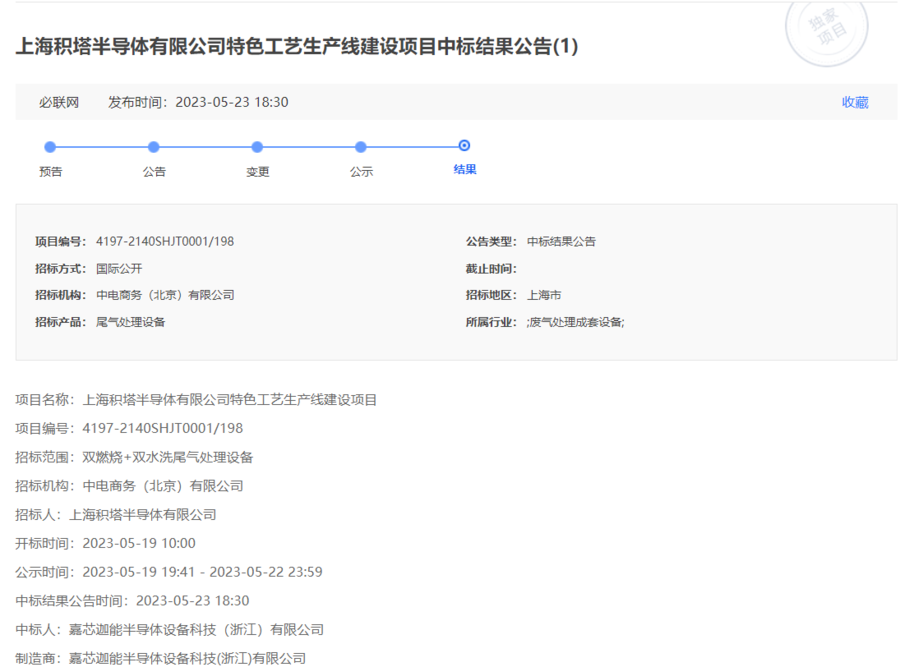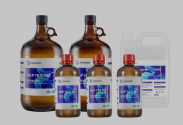I agree with the conclusion. That is Huawei has been pushed to a position where it has nothing to lose with announcement of progress,whereas SMIC still has hesitance to do so since they still rely on foreign import to a large degree
Why are Huawei, SMIC taking different approaches against US curbs?
China's tech giant Huawei and top semiconductor foundry SMIC apparently adopt different approaches against US chip curbs. The former has just announced its successful development of electronic design automation (EDA) tools for chips above 14nm process, while the latter has quietly removed 14nm process technology from its service list on its website. What messages are these two Chinese tech players sending through their recent actions? And what are their actual calculations?
At a recent annual financial report conference, Huawei's rotating chairman Xu Zhijun said that over the past three years the company has focused on developing homegrown development tools for hardware, software, and chips amid the lingering US restrictions, and has achieved localization of EDA tools for above 14nm chips and will complete comprehensive verifications this year.
This means that despite its IC design arm HiSilicon suffering a major setback from tough US trade curbs, the successful development of EDA tools for 14nm chips can be said to be a secure self-protection strategy against the risk of being completely cut off by the US in the future.
According to Xu, Huawei's 14nm EDA software, jointly developed with a Chinese EDA vendor, will be incorporated into HiSilicon's chip designs and will also be shared with its partners and customers.
Huawei has not confirmed whether it is also cooperating with China's top EDA developer Empyrean Technology, which specializes in both front- and back-end EDA process nodes for 28nm chips, a mature chip segment with massive applications and with the most capacity expansion momentum at Chinese foundry houses.
Judging from the R&D deployments by Huawei and Empyrean, it seems that they do not want 14/28nm chip designs to be dominated by competitors in Europe and the US and are trying hard to materialize China's autonomy at least in the midrange/mature process nodes.
Then what about SMIC? The foundry has been engaged in mass production of 14nm chips since late 2019, yet with only a single-digit revenue contribution ratio for its most advanced process technology. But it has symbolized SMIC's mass commercial production of FinFET process technology, marking an important first step toward advanced processes in China, though it cannot be on a par with TSMC and UMC in terms of yield rates.
With capital support from the China National Integrated Circuit Industry Fund, also known as the "Big Fund," SMIC's FinFET process advancement is not meant to pursue maximum profits, but to prioritize the import-substitution chips supply and then progress to 7/5nm chips.
SMIC has no other choice but to take its development of FinFET process technology underground, given the upcoming new restrictions on shipments of higher-end DUV machines from Dutch and Japanese suppliers later in 2023. The company has been denied access to EUV lithography equipment supplied by ASML since 2019.
At a recent quarterly earnings call conference, SMIC's co-CEO Zhao Haijun spoke frankly about capacity expansion deployments at its four major manufacturing bases in China. He said its Shenzhen plant has entered volume production of high-voltage driver chips, CMOS image sensor chips, and power electronics chips; its new fab in Tianjin, still under construction, will focus on analog chips and power management ICs (PMIC); and new capacity at fabs in Beijing and Shanghai is set for volume production of multiple chip solutions in the second half of 2023.
But Zhao remained tight-lopped about the current production of 14/12nm chips or development status of more advanced 7/5nm processes at its FinFET wafer fab that has been operational since May 2019. At the current stage, the advanced process base near SMIC's headquarters in Shanghai has become a taboo subject.
The removal of 14nm fabrication technology from SMIC's list of services on its website can be interpreted as a kind of practice designed to give face to the US government in line with its curbs. But it is highly probable that SMIC is eyeing the horizon for future development possibilities.


